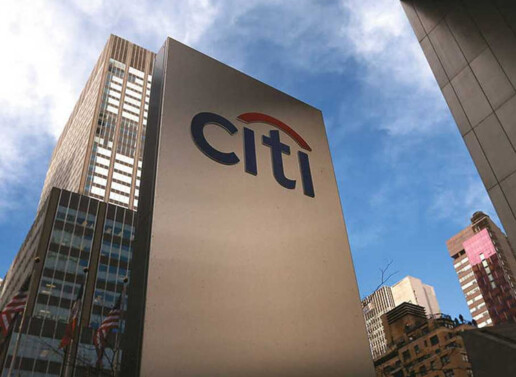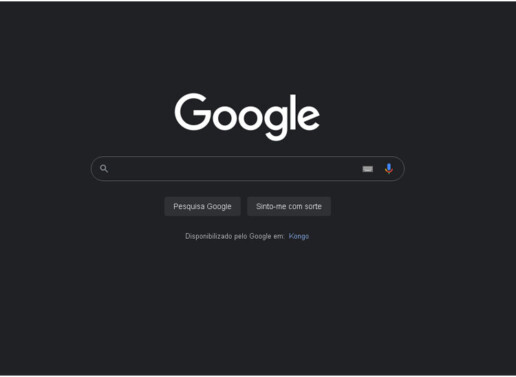Unstructured Supplementary Service Data (USSD) is a way to unlock the potential for digital and financial inclusion in Africa.
In just a decade, USSD has expanded from a niche offering to numerous markets, offering a mainstream financial service, and moving millions of households in Africa from a cash economy to a more inclusive digital economy.
USSD technology has played a key role in Africa’s digital transformation. It’s a smart move for any company to conquer new and untapped markets, but it needs more disruption.
According to the World Economic Forum, Africa needs long-term growth that benefits all Africans. This requires nothing less than economic transformation, and sustainable and inclusive financing is a vital ingredient for that transformation.
A World Bank report published on June 29 2022 said that the COVID-19 pandemic has spurred financial inclusion, driving a large increase in digital payments due to the global expansion of formal financial services.
As the Chair of the Africa Progress Panel, Kofi Annan, noted, “One of the biggest barriers to transforming the power sector is the low level of tax revenues and the failure of governments to build reliable tax systems. Domestic taxes can cover almost half of the financing gap in sub-Saharan Africa.”
Some countries are leveraging pension funds for energy financing. For example, Ghana, Mozambique and Nigeria have used their pension funds to initiate a more active financing strategy for their energy sectors.
Without broad data coverage in Africa and the technological hardware to improve the way users communicate with each other and manage money, there is growth potential for USSD technology to help drive economic development.
“The digital revolution has catalysed increases in access to and use of financial services around the world, transforming the way people make and receive payments, borrow and save,” said World Bank Group President David Malpass.
The African market generally uses USSD for various activities, such as transferring money, balancing cheques, doing top-ups and buying data packages. USSD’s massive adoption occurs because it is available for both mobile phones and smartphones, allowing it to reach a wider audience.
Although the sub-Saharan mobile economy is growing rapidly, half of the continent’s population does not have access to mobile phones: mobile subscription is 46% and is expected to reach 50% by 2025; while smartphone adoption is 64% and is expected to reach 75% in the same year 2025, according to Tech Cabal.
The World Bank adds that two-thirds of adults worldwide make or receive a digital payment, with participation in developing economies growing from 35% in 2014 to 57% in 2021. In developing economies, 71% have an account with a bank, other financial institution, or with a mobile money provider, up from 63% in 2017 and 42% in 2011. Mobile money accounts have driven a big increase in financial inclusion in sub-Saharan Africa.
USSD is widely used across Africa to enable mobile banking and mobile payments. While USSD’s ubiquitous reach makes it an ideal technology for payments and banking in developing markets, security is another important benefit.
The technology creates a secure and instant way to verify customer details and allow access to their accounts. Unlike SMS and mobile apps, USSD notifications and menus are not stored on the device, making it safer to transmit passwords or other sensitive information.
USSD can only handle 186 characters per message and is limited to a 180 second session on most mobile networks. Users navigate and select from a pre-defined menu of options.
Unless this changes, the demand for USSD will continue to grow as an internet alternative or complementary channel for financial inclusion in developing countries. Transforming the financing environment is the way to unlock Africa’s full potential for the benefit of all Africans for generations to come.
08/01/2022







